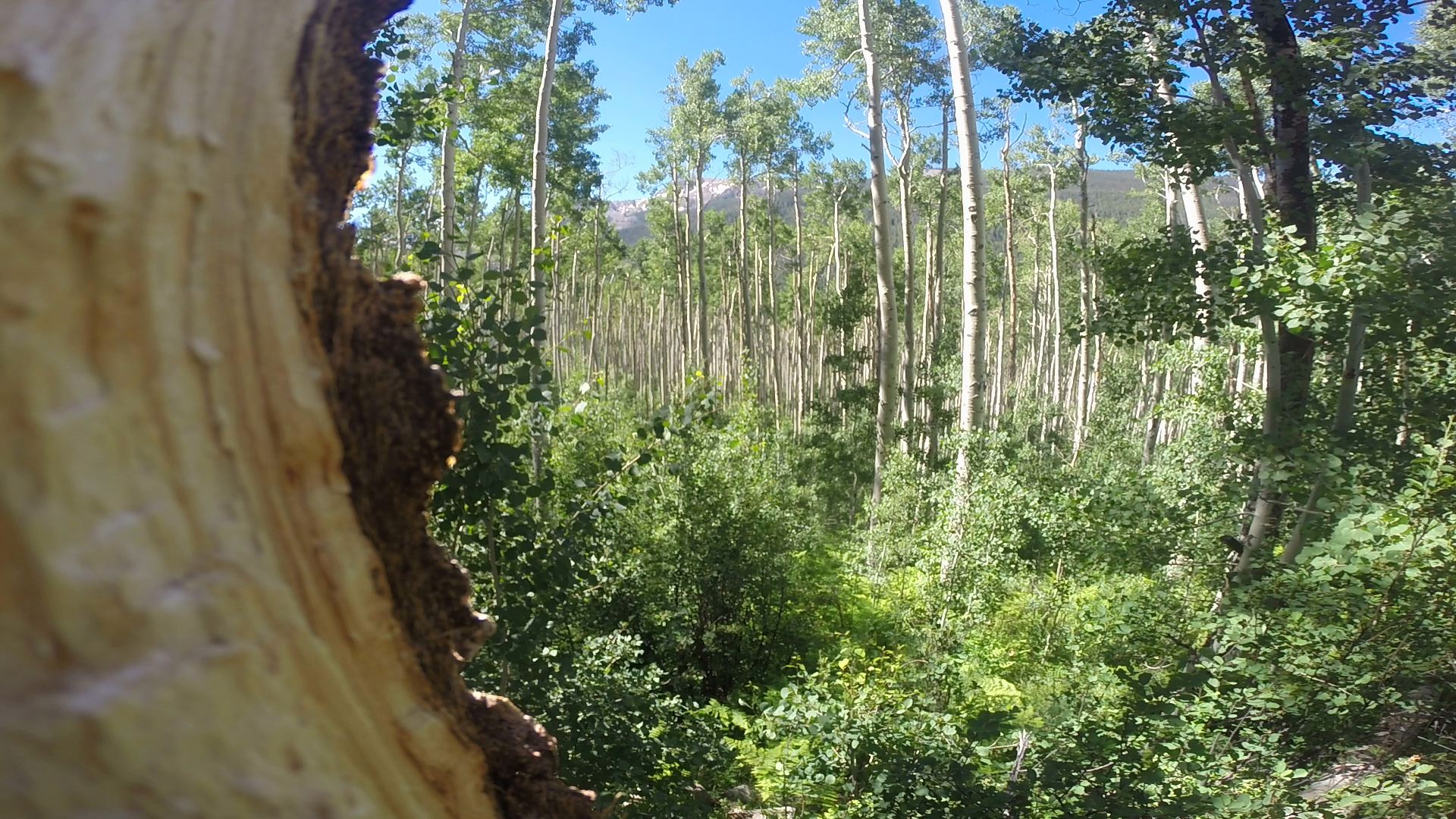ASPEN – When most people think of the largest living organism on the planet, they usually think of a blue whale or a giant sequoia red wood tree. But the fact of the matter is: they're wrong.
According to researchers, including Michael Grant who is an environmental professor at the University of Colorado, the largest living organism is likely the aspen grove.
Research shows aspen trees, or aspen clones, are connected to each other underground and aboveground – creating a large biomass.
Aspen trees grow by the vegetative method, meaning their roots grow near the surface. Most aspen trees are clones of one another.
"They vegetatively reproduce through suckers, which are the roots, and they will expand out. When those roots feel the sunlight, they will send up new chutes, new trees," Jim Kravitz, Director of Naturalist Programs at the Aspen Center for Environmental Studies, said.
Aspen, Colorado is full of aspen trees (hence its name). You'll find several groves along Independence Pass right outside of town.
"Our aspen population is very strong," Kravitz said.
While Colorado has a large Aspen population, the largest population – or living organism for that matter – is believed to be in Utah in an area called "Pando." The Latin word for Pando means "to spread."
The Pando grove consists of about 47,000 tree trunks, and it covers a little more than 100 acres of land. Overall, researchers believe it could weigh 13-million pounds.
While Pando holds the title currently, some researchers believe Colorado might actually have a large grove. Some say there are Aspen groves along Kebler Pass (near Crested Butte) that haven't been completely studied.
For the longest time, researches believed a fungus field in Washington was the largest living organism on the planet (some still believe it is).
Quite frankly, it's an ongoing debate, but most scientists agree with the aspen grove theory, saying there's too much research to prove it is the largest living organism.
(KUSA-TV © 2014 Multimedia Holdings Corporation)


